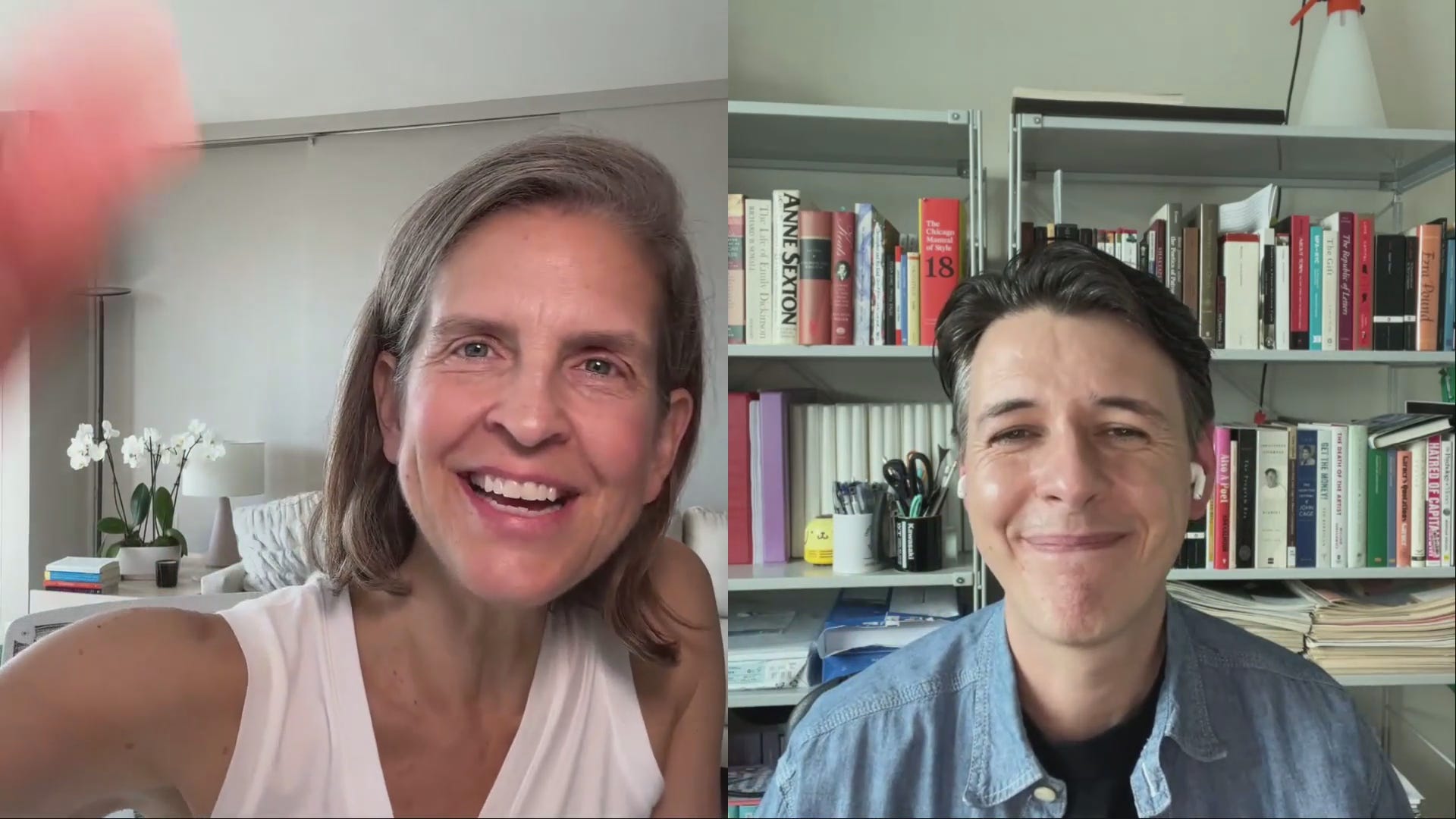Podcast Episode Details
Back to Podcast Episodes
Focus on Craft, Ignore the Platform Noise, and Build Slowly with Mason Currey
As people scramble onto Substack, it’s easy to overlook why it’s the platform to be on right now: Certain early adopters spent years creating Substack newsletters so good people would actually read and paid to read them. Which is why I’ve created an entire podcast to share them with you.
My conversation with Mason Currey contains some of the best advice on how to stop feeling like you have to chase the algorithm and can set about owning your platform and doing your best work.
Nearly 300 people showed up for the live recording.
If you don’t know Mason, he’s the author of the Daily Rituals books and writes the Substack newsletter Subtle Maneuvers about how creative people get work done.
Cal Newport called him “the undisputed master of finding, in the messy lives of great artists and thinkers throughout time, deeply human lessons about cultivating meaning in our current age.”
* This is some of the best advice on how to build a Substack that people will spend their time and money reading.
* + How to stop chasing the algorithm and own your platform.
6 Ways to Build a Substack People Will Actually Spend Their Time and Money Reading
1. Don’t call it your Substack
Mason doesn’t say “my Substack.” He says “my newsletter.” The distinction keeps him focused on the writing, not the platform dynamics.
“When you think ‘my Substack,’ you start thinking about Notes, recommendations, leaderboards, what other Substacks are doing. When you think ‘my newsletter,’ you think about your readers and your work.”
2. His writing process
When writing, Mason doesn’t necessarily think about what will get subscribers. He’s thinking about what hits him and what will hit his readers.
“I’m always really thrilled when I read something or hear something in a podcast. I have my feelers out for that thing that makes me kind of sit up in my chair. When my spidey sense kind of tingles, I think okay, that could be a good newsletter. That’s something that I feel like really hit me and maybe it’ll hit my readers too.”
3. You don’t have to be confessional to connect with your readers
Many people aren’t comfortable with or don’t want to divulge every aspect of their personal lives on their Substacks. Mason doesn’t overshare but it still feels he’s talking to you. You experience his mind through what interests him, what he struggles with, what he finds in other people’s stories.
“You don’t know a ton about me but I think it somehow influences when I’m writing about somebody else’s process—you can believe that there’s a lot of me hidden in there.”
4. When to go paid
Mason started his newsletter in February 2020 with 74 subscribers. For two years, he built something good before going paid.
When Substack introduced recommendations, his growth spiked because (that’s right) his Substack was really good.
When I asked what made him decide to turn on paid subscriptions, he said: “I guess I just saw all these people making like six and seven figure incomes. And I was like, maybe I’ll just turn it on. I said, you know, it’s the same thing. But if you feel like you want to chip in to support it, feel free. And people did. It was wonderful.”
Over time, he’s added community features—a morning co-working Zoom at 6 AM (which is wild), a book club. But the newsletter itself stays free.
Mason said: “I’ve thought a lot about different things I could do and this is one that I feel good about. I don’t feel like
Published on 2 months, 1 week ago